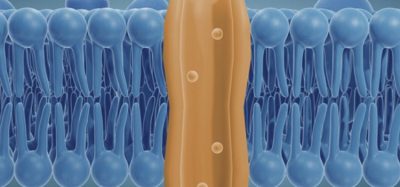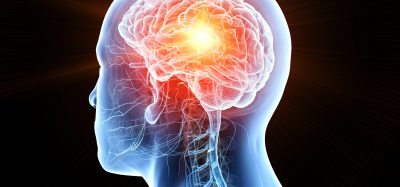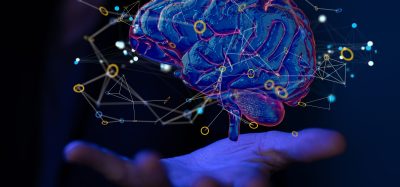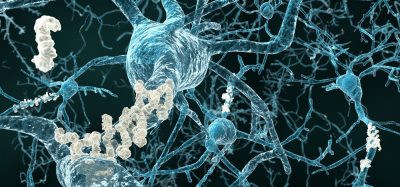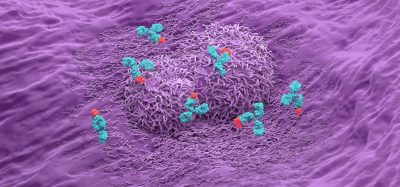Liver organoids grow functional blood vessels in lab breakthrough
Posted: 4 July 2025 | Drug Target Review | No comments yet
Scientists have successfully grown liver organoids with fully functional blood vessels- potentially allowing for the development of new treatments for haemophilia and liver disease.
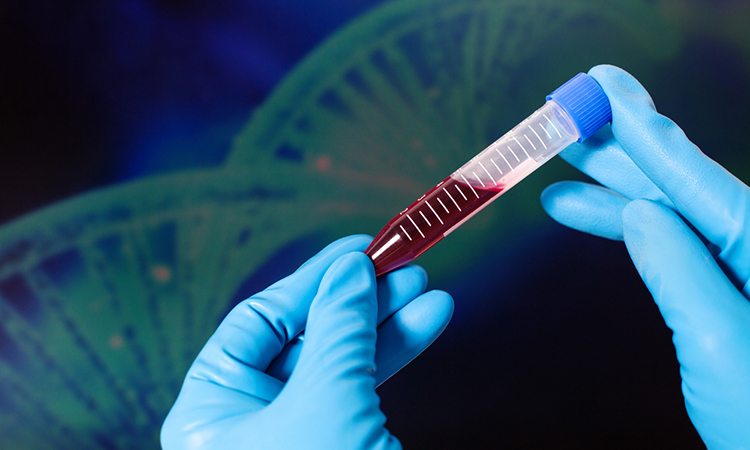

Scientists from Cincinnati Children’s Hospital and partners in Japan have successfully grown liver tissue with its own internal blood vessels. The new development could significantly improve treatment options for people living with haemophilia and other blood-clotting disorders – while also pushing science closer to producing liver tissues suitable for transplantation.
Published in Nature Biomedical Engineering, the study was led by Dr Takanori Takebe, MD, director for commercial innovation at the Cincinnati Children’s Center for Stem Cell and Organoid Research and Medicine (CuSTOM). The research also included experts from the Institute of Science Tokyo, the Icahn School of Medicine at Mount Sinai and Takeda Pharmaceutical Co.
“Our research represents a significant step forward in understanding and replicating the complex cellular interactions that occur in liver development,” said Takebe. “The ability to generate functional sinusoidal vessels opens up new possibilities for modelling a wide range of human biology and disease and treating coagulation disorders and beyond.”
Automation now plays a central role in discovery. From self-driving laboratories to real-time bioprocessing
This report explores how data-driven systems improve reproducibility, speed decisions and make scale achievable across research and development.
Inside the report:
- Advance discovery through miniaturised, high-throughput and animal-free systems
- Integrate AI, robotics and analytics to speed decision-making
- Streamline cell therapy and bioprocess QC for scale and compliance
- And more!
This report unlocks perspectives that show how automation is changing the scale and quality of discovery. The result is faster insight, stronger data and better science – access your free copy today
Cracking the vascular barrier
Until now, one of the main barriers to creating functional, full-sized organoids has been the absence of internal systems such as nerves and blood vessels. This latest breakthrough overcomes that hurdle by introducing blood vessels that not only form correctly but function effectively inside the growing tissue.
The research differentiated human pluripotent stem cells into CD32b+ liver sinusoidal endothelial progenitors (iLSEP). These progenitor cells – cells that can differentiate into specific types – were then cultivated using a novel inverted multilayered air-liquid interface (IMALI) culture system. This system allowed them to self-organise into complex liver components, which included hepatic endoderm, septum mesenchyme and arterial and sinusoidal vessel progenitors.
“The success occurred in part because the different cell types were grown as neighbours that naturally communicated with each other to take their next development steps,” explained first author Dr Norikazu Saiki of the Institute of Science Tokyo.
Key findings
- Functional human vessels: The team created “perfused blood vessels with functional sinusoid-like features,” meaning they formed hollow channels lined with the appropriate cell types to facilitate blood flow.
- Correction of coagulation disorders: The liver organoids successfully produced four blood clotting factors, including Factor VIII, the protein missing in haemophilia A. In mouse models mimicking haemophilia, the Factor VIII produced by the organoids reversed severe bleeding.
- Broader application potential: The IMALI culture method opens the door to generating organ-specific vasculature in other organoids, potentially revolutionising the field of regenerative medicine.
Toward new treatments for haemophilia and liver disease
In the United States, about 33,000 males live with haemophilia, most with haemophilia A. This inherited disorder leads to chronic joint bleeding, pain and serious risks such as seizures or paralysis due to brain haemorrhages. While treatment exists, such as coagulation factor injections, around 20 percent of patients with haemophilia A develop resistance to these therapies.
“These advanced liver organoids can secrete these coagulation factors,” said Takebe. “If they can be produced at scale, they could become a viable treatment source that would benefit people who have developed inhibitors or are not indicated for gene therapy.”
Patients with liver failure also experience deficiencies in clotting factors, putting them at increased surgical risk. A factor-secreting organoid factory – a lab-grown organoid that continuously produces and releases therapeutic proteins – could be used to support these individuals as well.
Looking forward, the researchers hope to push this technology even further – to generate complex liver tissues that might one day help repair or even replace damaged human livers.
Related topics
Disease Research, Drug Discovery, Hepatocytes, In Vivo, Organoids, Regenerative Medicine, Stem Cells, Therapeutics, Translational Science
Related conditions
Blood clotting disorders, Haemophilia



